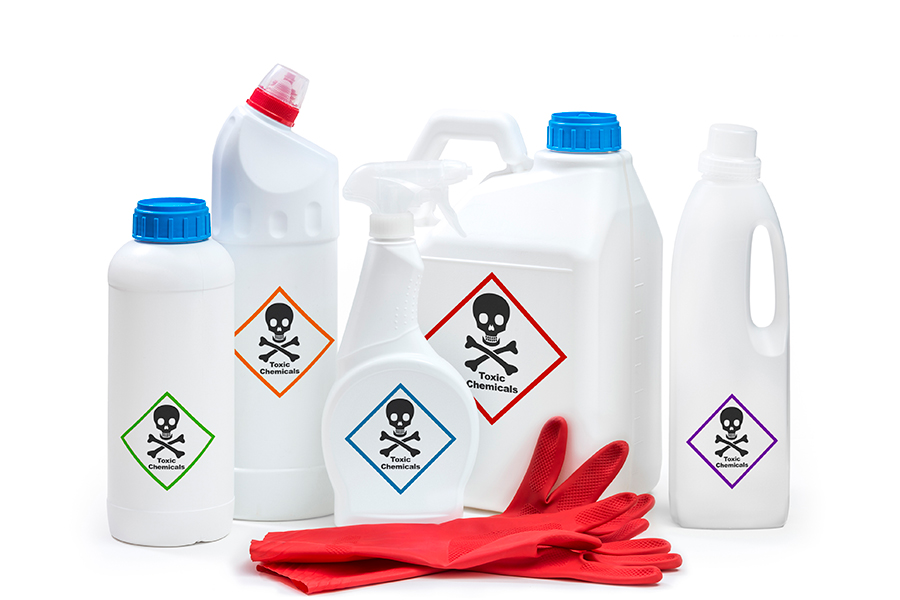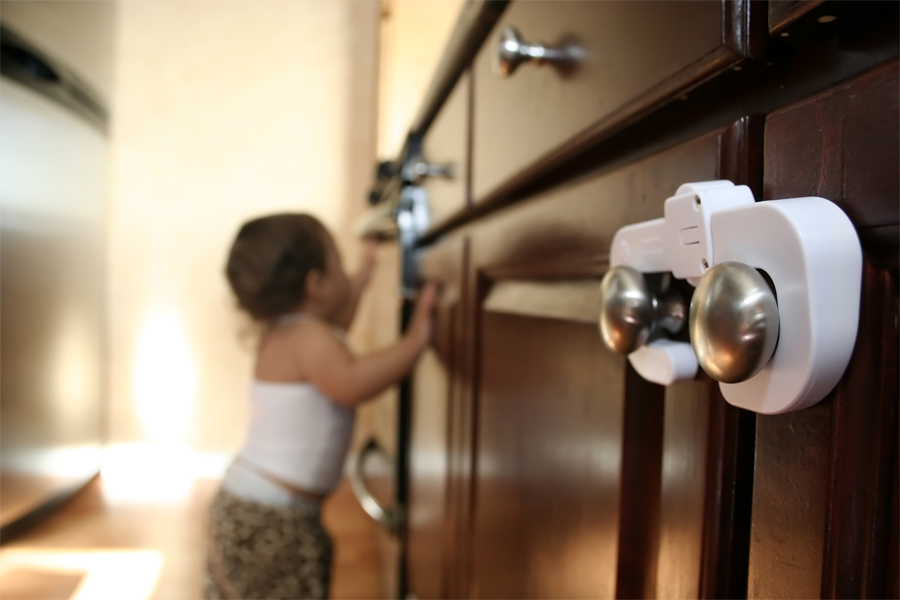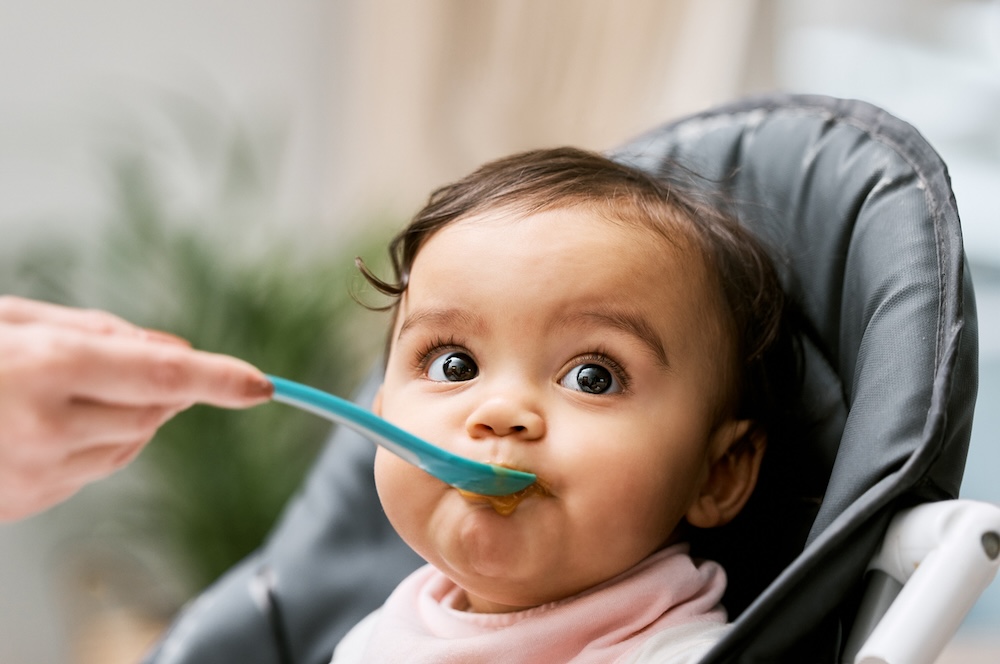Medication Mistakes
Manufacturers create medications in many shapes, sizes, and colors. These features help consumers identify their medication. The unfortunate consequence of bright, colorful shapes is that medications may be attractive to young children, making them a poisoning danger. According to the American Association of Poison Control Centers, nearly 50% of its calls are about poisonings involving children, and medications are responsible for more than 20% of total poisonings across all age groups. Keeping all medications secure, in their original packaging, and out of reach of children is the best solution to minimize these accidental poisonings.
Medication Safety Tips for Older Adults and People With Low Vision
Accidental medication poisoning is not limited to small children. Older adults can also misidentify medication. Inadequate light for identification and poor vision are common causes of medication poisoning in older populations. Here are some strategies that adults can use to reduce medication mistakes.
- Ask the pharmacy to provide large-print medicine labels and instructions.
- Use a “buddy system”: have a reliable relative or friend help fill your pillbox.
- Take medications in a well-lit area.
- Use glasses or a magnifier to help read labels and instructions.
- If there is a description of the pill shape and color on the medication bottle, reference this description to be sure you are taking the correct medication.
Watch Out for Look-Alike Household Products
Household products are the second leading cause of poisonings. Beware of look-alike poisons, especially if young children are present. It’s easy to mistake some harmful products or substances for safe foods and drinks because the product or the packaging looks similar to a safe product. For example, apple juice looks similar to a household cleaner and mouthwash, both of which are not safe to drink.
Young children associate color with taste. They may gulp down blue window cleaner because they think it is a blue sports drink or pop a handful of gummy vitamins into their mouth, thinking they are candy. It is important to keep household cleaners and other potentially dangerous products out of sight and reach of children. Mix-ups happen. It’s easy to put eardrops into your eyes by mistake or to grab the tube of first-aid cream instead of toothpaste. Mistakes like these can cause discomfort, severe illness, permanent injury, or even death.
According to the American Association of Poison Control Centers, 92% of calls received are from poisoning incidents in the home. Think about your own home. Do you have some of these lookalike items? Are they correctly stored? Are they properly labeled?

Unmarked bleach
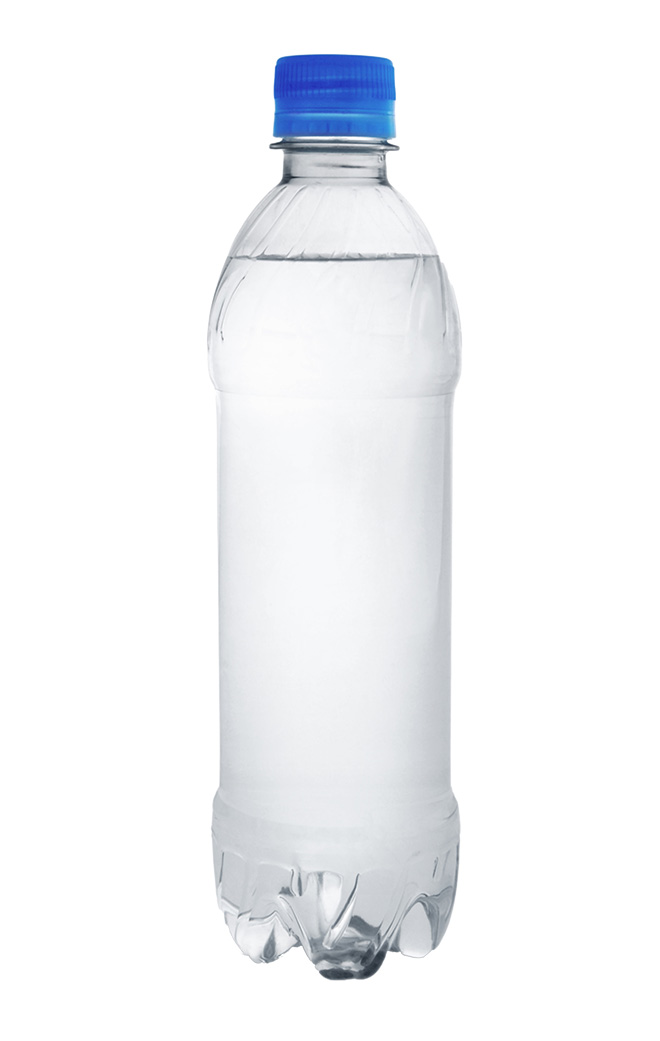
Water bottle

Blue sports drink

Window cleaner

Chewing gum
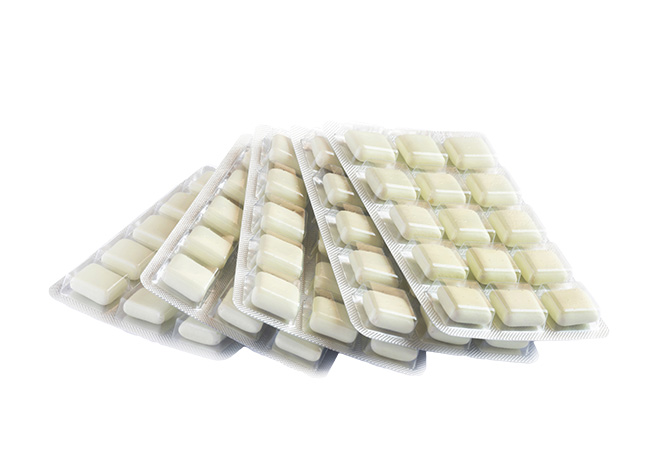
Nicotine gum
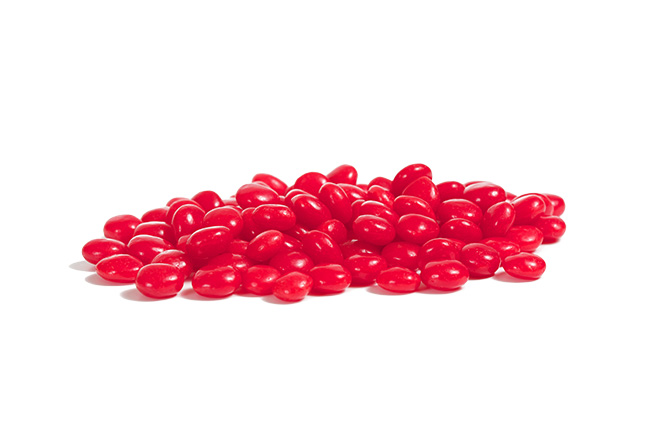
Cinnamon candy
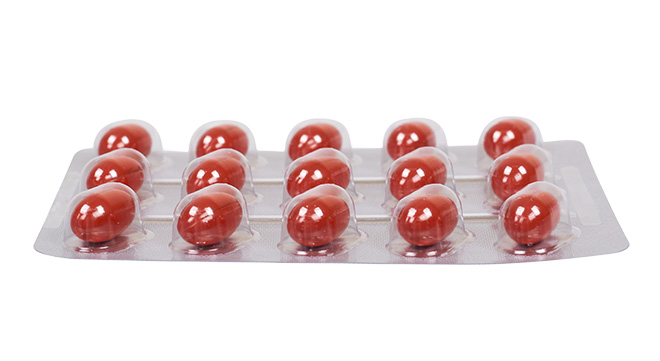
Cold or sinus tablets

Gummy candy
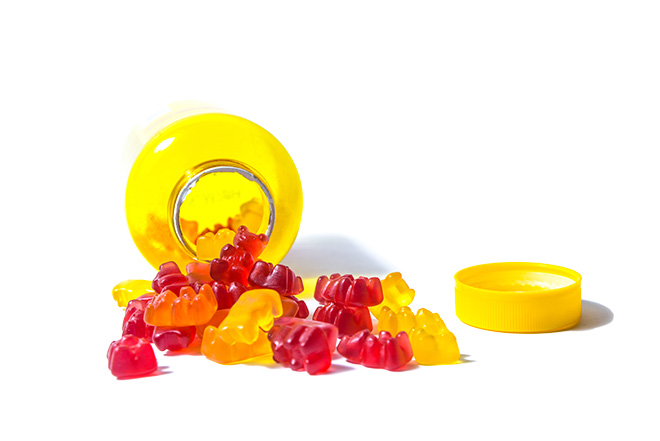
Gummy vitamins

Gummy candy
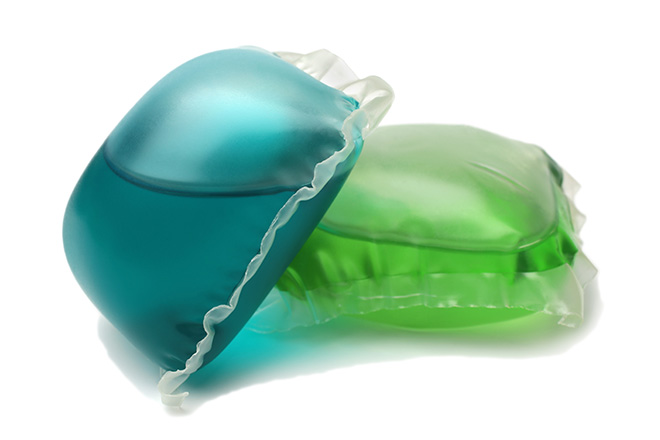
Detergent packets
Now That You Know, What Can You Do?
Anyone can fall victim to poison look-alikes. Here are some simple prevention tips:
▶Store food separately from household cleaners, medicines, and personal care products.
▶Store products in their original containers to reduce mix-ups and to make identification easier if someone is poisoned.
▶Keep potential poisons out of children’s reach and sight, in a locked area if possible.
▶Teach children not to touch or taste potentially dangerous products.
▶Apply stickers or labels to dangerous products. Use something that children will recognize as a danger symbol. Teach them not to touch or consume these products.
▶Post the Poison Control Center number (1-800-222-1222) in a visible place. Contact the center for reliable, anonymous answers to questions about medicines, mix-ups, and more.
▶Download the free Poison Control Center help app from your device’s app store.
Avoiding Pet Poisonings
Accidental poisonings don’t just affect humans. Our furry family members are also at risk of consuming poisonous substances. Pets may mistake products like detergent packets for a toy. In recent years, more than 57,000 of the 2 million calls to poison control centers involved animal poisonings. Storing products in upper cabinets or on closet shelves can minimize your pet’s exposure.
For more information on a healthy and safe home, visit healthyhomes.uga.edu.
References
Gummin, D. D., Mowry, J. B., Beuhler, M. C., Spyker, D. A., Rivers, L. J., Feldman, R., Brown, K., Pham, N. P. T., Bronstein, A. C., & DesLauriers, C. (2024). 2023 Annual Report of the National Poison Data System® (NPDS) from America’s Poison Centers®: 41st Annual Report. Clinical Toxicology, 62(12), 793–1027. https://doi.org/10.1080/15563650.2024.2412423
The original 2013 manuscript was written by Nancy Lewis and Crystal Terhune of University of Maryland Extension and Pamela Turner, Sharon Gibson, and Diane Bales of University of Georgia Cooperative Extension. Major revisions were made in 2020 by Nicole Waters, Pamela Turner, and Diane Bales.
